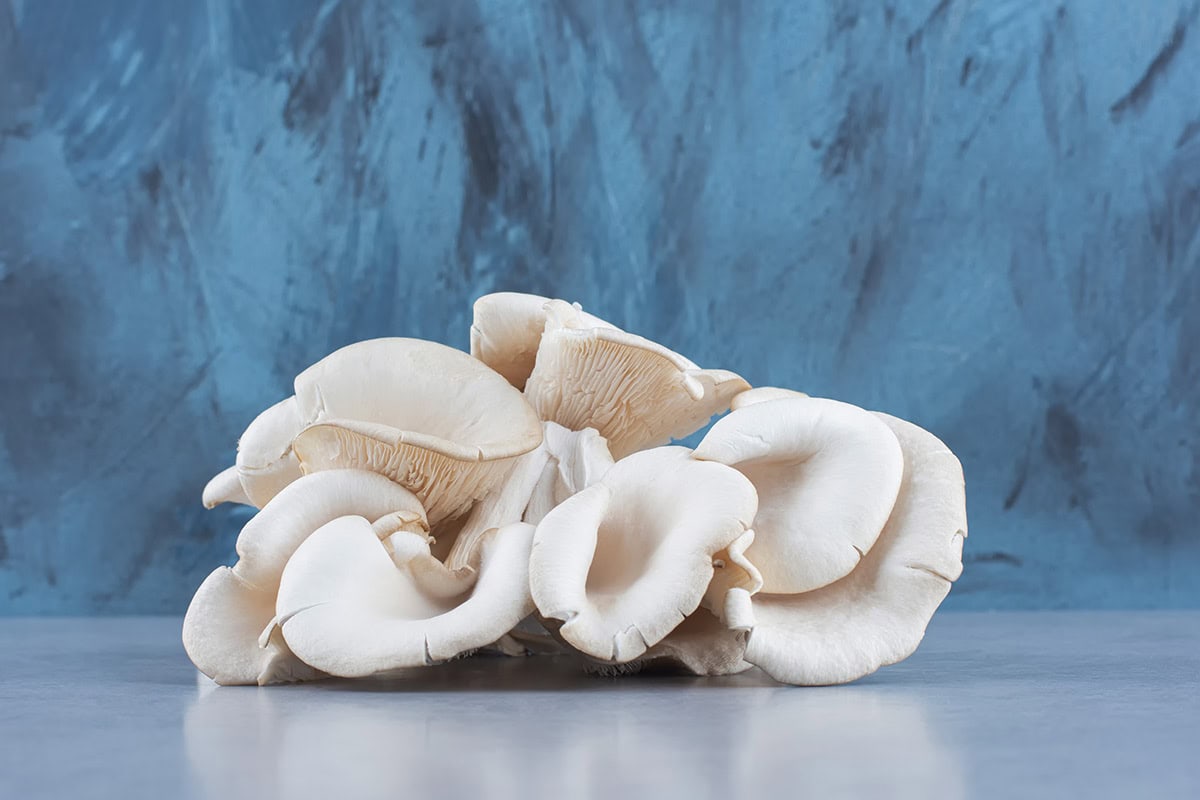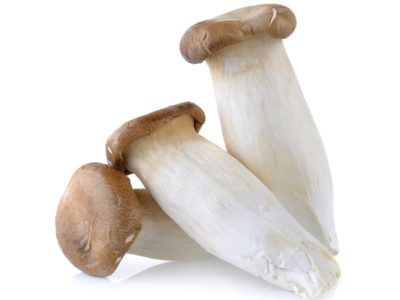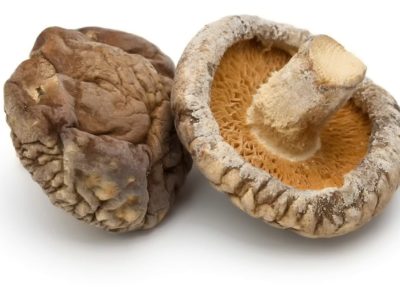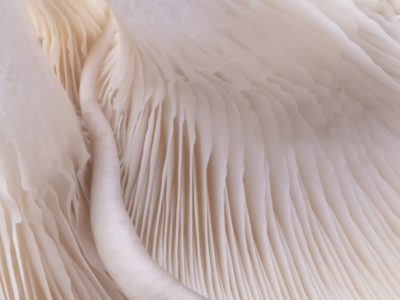In study, researchers focused on examining the presence and amount of lovastatin, a drug used to lower cholesterol, in three popular edible oyster mushroom species. Lovastatin is known for its ability to help control conditions like hypercholesterolemia, but research on its availability in different mushrooms and its effectiveness as a drug is limited. Research goal was to analyze both the quantity and quality of lovastatin in the mushrooms Pleurotus ostreatus (grey), Hypsizygus ulmarius (white), and Agaricus djamor (pink) under various cultivation methods.
Researchers studied these mushrooms under three different conditions: Solid State Fermentation (SSF), Submerged Fermentation (SMF), and in the dried powder form of P. ostreatus. Researchers used UV spectrophotometric analysis to measure the amount of lovastatin present. For further analysis, researchers partially purified the lovastatin and used High-Pressure Liquid Chromatography (HPLC) to separate, detect, and perform detailed quantitative and qualitative analysis.
Findings revealed that P. ostreatus consistently had the highest levels of lovastatin, regardless of the cultivation method used. This suggests that P. ostreatus is particularly rich in lovastatin compared to the other mushroom species tested. These results indicate that P. ostreatus could be a valuable source of lovastatin, potentially benefiting consumers seeking natural ways to manage their cholesterol levels.



